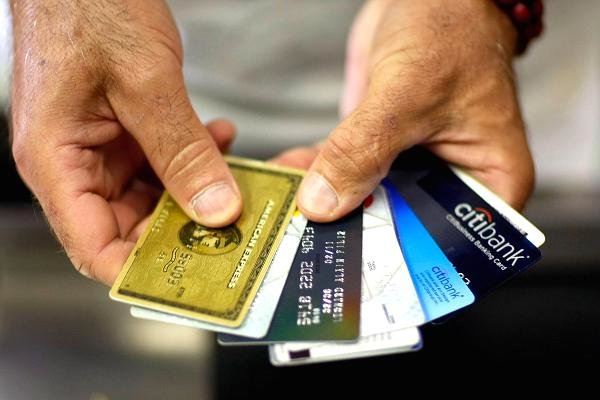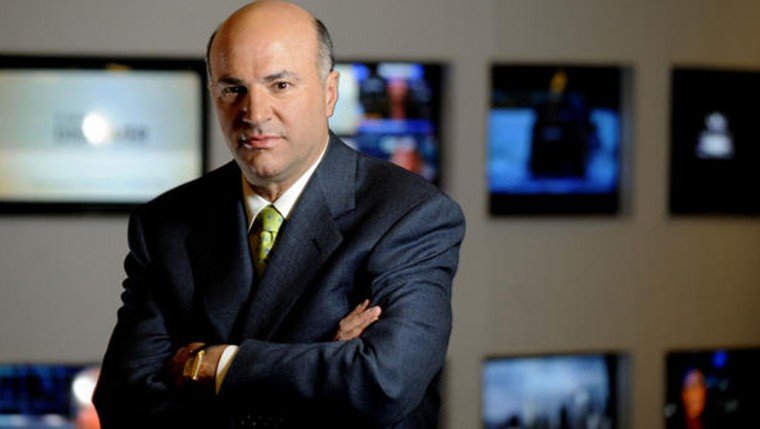Banks are making huge profits from credit cards sales which have hit a record high this year with almost 171 million people in the U.S. owning at least one of these plastic cards that is plunging them in debt.
While the top four American banks JPMorgan Chase, Wells Fargo, Bank of America and Citigroup have collectively made a gross income of at least $4 billion in just four months from their lucrative credit card businesses, the rest of the population is struggling to make the minimum payments on their credit card debts. The lending business is booming but so is the total American debt.
Total debt on credit cards reaches a record high

It’s been almost a decade since the last financial crisis which shook the nation’s economy and left millions of Americans a mountain of debt that took years to climb – but just when the total debt had begun to recede, it is now on the rise again due to the increased usage of credit cards.
This year, the total outstanding debt on credit card reached an alarming record of $1 trillion as the total numbers of credit cards owned by Americans also rose to the highest level in the past decade according to a report by TransUnion.
Since the economy took a hit after the financial crisis, the banking industry has been unable to make profits at the same rate as it used to before. Therefore, bigger institutions began profiting from the trade business by buying and selling bonds and securities as well as giving financial advice to corporations.
But since the market has stable for the past several years, banks are turning back to their old lending practices and encouraging consumers to use credit cards so that they can pick up some slack on profits.
How do credit card companies make money?
So how do banks make money from credit cards anyway? They do that in two different ways: One, every time a customer uses their card to make a purchase, the bank gets a small proportion of the transaction in fee, and two, credit card companies charge exorbitant interest rates on the amount customers borrow from their cards. If they fail to pay back what they owe by the end of the month, the companies charge them with a 15% annual interest rate.

Most customers find it tempting to use their cards for things they cannot pay out of their pockets. Inflation is on the rise but the wages have been stagnant for the past several years, leaving Americans with no choice but to pay for essential services and medical expenses using credit card debt. The chief executive of Bank of America says that consumers are spending more than ever, after a report showed that the total spending using debit and credit cards went up by 7 per cent.
More cautious about approving credit card applications
While the top banking firms are raking in profits of billions of dollars, the average American households are struggling to make interest payments on the loans as the total household debt is now the highest it has ever been since the economic recession. Financial analysts say that negligence on paying back the credit card loans is now on an all-time low as people continue to become smarter about their financial decisions and use credit cards responsibly.
People are also wary about making payments on time in order to keep their credit score high which eventually means that they will be able to get loans at relatively lower interest rates than those with shaky credit scores. But borrowing from credit cards come at a huge risk as most people who are unable to pay back the loans accrue interest that often outgrows the amount they had initially borrowed. Banks are often careful about handing out credit cards as the requirements for approval become stricter with each passing day. This way they are able to assure that less borrowers default on their loans.










